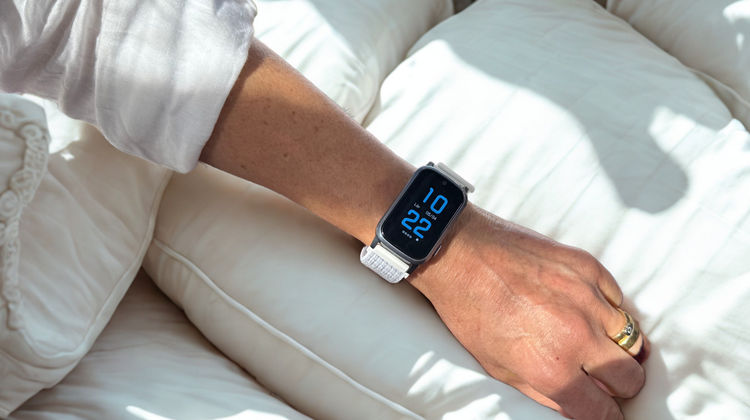Knee osteoarthritis is one of the most common joint conditions, especially in older adults. The disease develops gradually and affects the cartilage in the knee joint. This leads to stiffness, pain, and reduced function — but with the right treatment, it’s possible to slow the progression and improve quality of life.
What Happens in the Knee Joint?
Osteoarthritis means that joint cartilage breaks down faster than it can be rebuilt. In the knee, this leads to reduced joint function and pain, especially during physical activity. As the condition progresses, surrounding tissues may also be affected, further increasing symptoms [1].
Treatment – Step by Step
1. Patient Education
Treatment begins with helping the patient understand what osteoarthritis is and how to manage it in everyday life. This is often done through an osteoarthritis education program, led by a physiotherapist [2].
2. Exercise Therapy
Tailored physical exercise is the cornerstone of treatment. The goals are to:
-
Strengthen the thigh muscles
-
Improve joint stability and mobility
-
Reduce pain during movement
Recommended exercises include cycling, water-based training, and guided workouts with a physiotherapist. Exercise can be just as effective as medication — and in some cases, even more so [3].
3. Weight Loss
If overweight, even modest weight loss (5–10%) can significantly reduce strain on the knee and relieve symptoms [1].
4. Medication
Pain relief may be necessary at times and can include:
-
Paracetamol (acetaminophen)
-
NSAIDs (e.g., ibuprofen, naproxen)
-
Corticosteroid injections into the joint during severe inflammation
These medications relieve symptoms but do not alter the disease course [2].
5. Assistive Devices
Walking aids (canes, poles), shock-absorbing footwear, or knee braces can help reduce everyday pain and improve mobility [2].
6. Surgery – Knee Replacement
If symptoms remain severe despite conservative treatment, knee replacement surgery may be considered. The damaged joint is replaced with an artificial implant. Surgery is usually very effective in relieving pain and restoring function [4].
Safety alarm with automatic fall alarm can increase safety for people with an increased risk of falling
Sensorem’s personal alarm is an example of a technical aid specially developed for people who have an increased risk of falling. The personal alarm can automatically trigger the alarm in the event of a fall and then call relatives using the watch’s built-in speakerphone with two-way communication. The personal alarm works outdoors and has built-in GPS positioning so that relatives can see the user’s position on a map in the Sensorem app.

